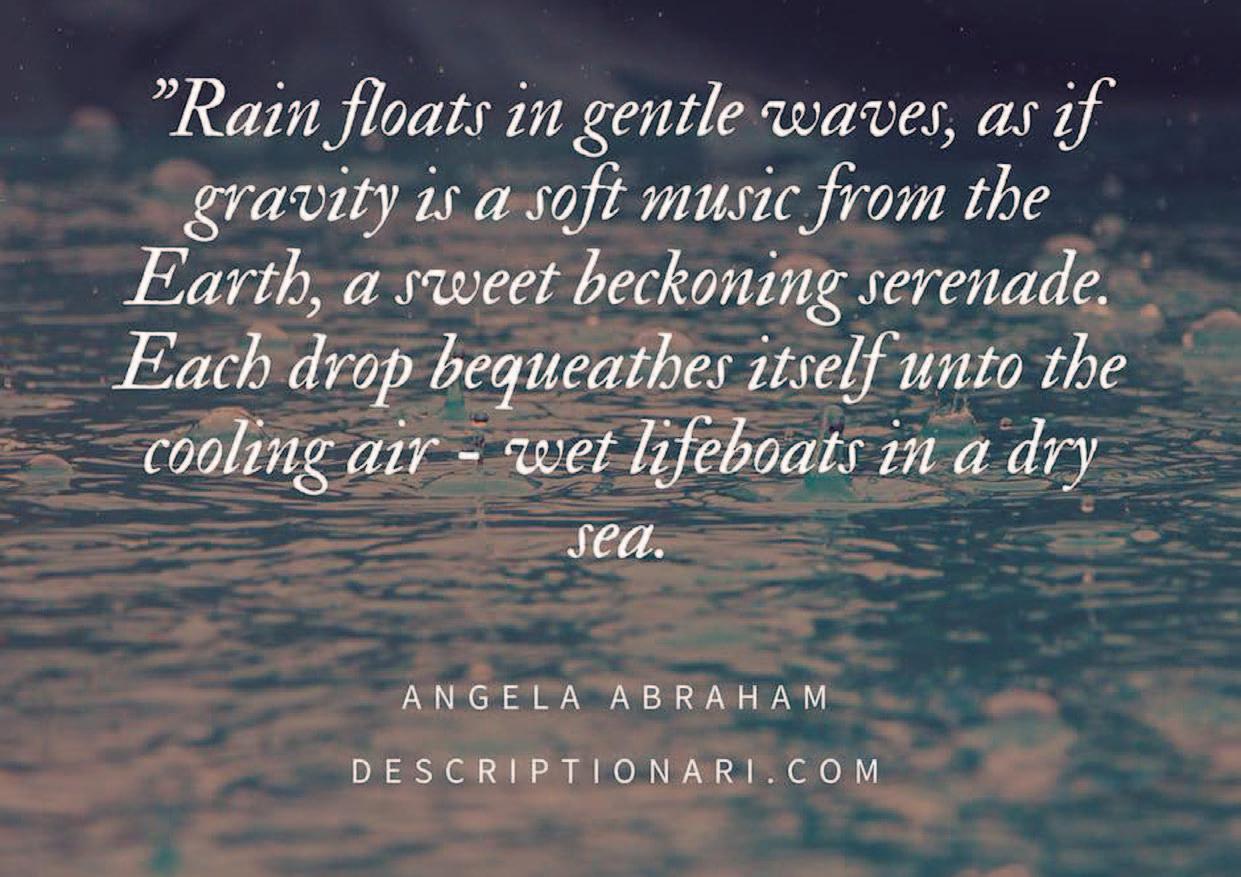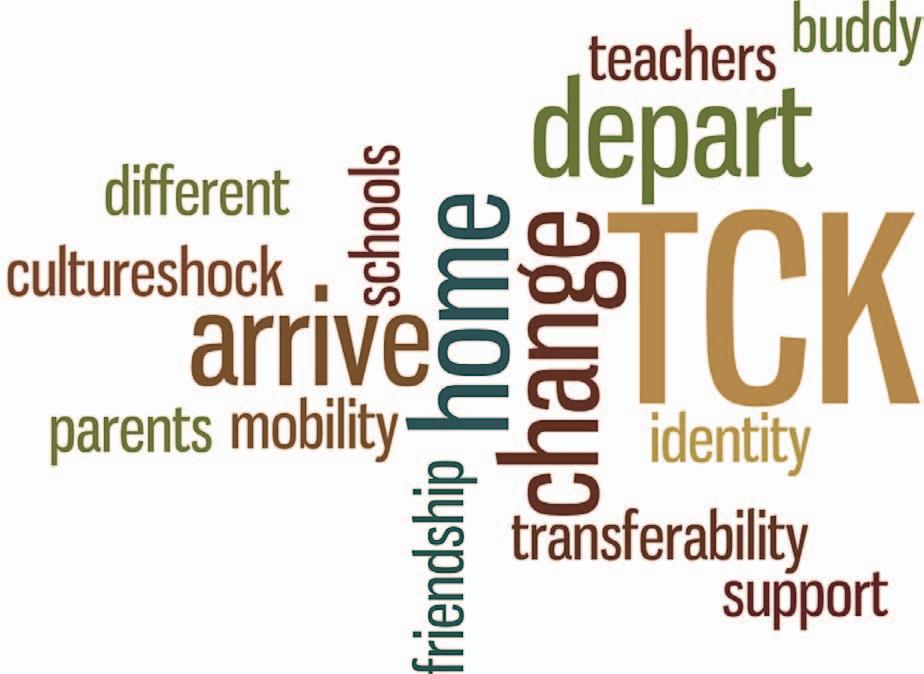Curriculum, learning and teaching
Teaching science through origami Anthony Artist shares an innovative approach
Origami and Penguins In Grade 2 (7 to 8 year olds), we had already looked at living things in our local habitat (southern England), so studying penguins would give us the opportunity to look at a contrasting habitat. We watched a short brainpop
32
video about penguins, and noted down some key facts. We also looked at a map of the world and coloured in the places where they lived. Next – to the origami! I had already prepared square pieces of paper with white on one side, and black on the other. I prepared paper in different sizes, to give students the option of creating different sized penguins. The larger pieces of paper helped the less dexterous students. Sample penguins, along with assembly instructions, were placed on every table around the room to promote student independence. I also demonstrated the sequence of folds required to construct the penguin. After folding the penguins, students then unfolded them and wrote simple facts on the back, before refolding. The facts related to what penguins eat, what eats penguins, and where they live. Some students even had time to create more than one penguin – a whole family with mother and father, brothers and sisters! Origami and Turtles I was on a roll. Origami and science were working hand in hand. What could I do next? Which animal could I use next, or did it even need to be an animal? In Grade 1 (6 to 7 year olds), NGSS requires students to use materials to solve human problems by mimicking how animals use their external parts to help them survive. In class, students had made the connection that a tortoise shell protects the tortoise, and that we humans protect ourselves with protective clothing, and helmets. This was a great connection, but I did not think it would be practical to make bicycle helmets with Grade 1 students. What could we make? Would origami once again provide us with a solution? Spring |
Autumn
I am always trying to find ways for students to create concrete and meaningful connections with scientific knowledge. Where possible, and to improve overall student growth, I also like to bring in other subject matter, cross-curricular links, and technology. No small task! Whilst perusing the Science and Technology section at a local library for primary-based ideas, the Art section quickly caught my eye with the colour of books and creative ideas on offer. I was instantly drawn to the origami section, and I noticed quite quickly that nearly all of these books had something in common on the cover: animals! Yes – a connection to science! I kept looking through the covers, and I could see frogs, swans, whales, elephants and penguins. “Great!”, I exclaimed, “the students I teach would love to make animals”. But after opening the pages of a couple of books I could see that some of the so-called ‘easy’ animals already looked quite challenging, especially for young children. The elephant looked impossible, but on closer inspection the penguin appeared to be simple, manageable and effective. I teach the Next Generation Science Standards (NGSS) across the lower school (6 to 10 year olds), so I started to look back through my curriculum for relevant connections. In the standards, I have to teach the diversity of life within different habitats, and a connection must be possible in this area!
| 2018



















